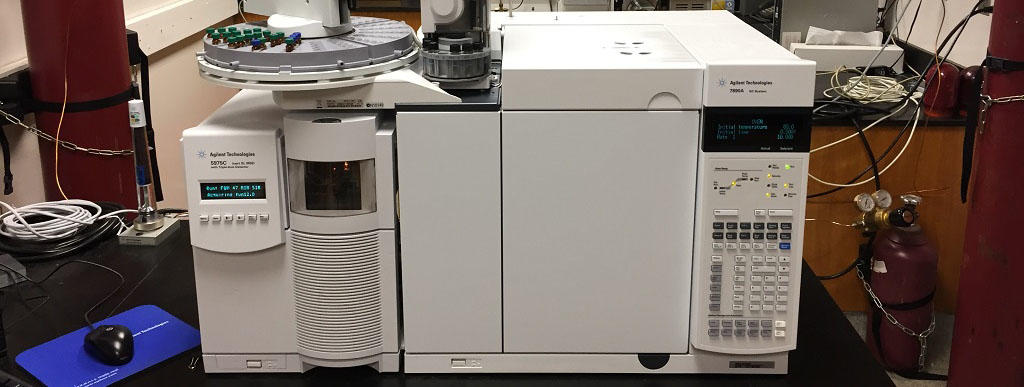Spectroscopy
Spectroscopy versus Spectrometry
Spectroscopy is the study of how light interacts with matter. Spectrometry is a method of reading patterns in the spectra produced by spectroscopy. Functionally, the two terms end up being largely interchangeable in the majority of circumstances, because spectroscopy almost always involved spectrometry and vice versa.
Types of Spectroscopy & Spectrometry
|
UV/Vis Spectroscopy — ultraviolet/visible spectrum spectroscopy, also known as UV spectrophotometry. |
|
|
IR Spectroscopy — infra-red spectroscopy. |
|
 |
GC-MS — Gas Chromatography – Mass Spectrometry (Image redit: Michelle L. Hladik, USGS. Public domain.) |
|
NMR spectroscopy — nuclear magnetic resonance spectroscopy. |
Types of NMR
|
H-NMR — proton nuclear magnetic resonance spectroscopy. |
|
|
C13-NMR — carbon-13 nuclear magnetic resonance spectroscopy. |
|
|
Cw-NMR — continuous wave nuclear magnetic resonance spectroscopy. |
|
|
FT-NMR — Fourier-Transform nuclear magnetic resonance or pulsed nuclear magnetic resonance spectroscopy. |
|
|
MRI — magnetic resonance imaging is one of the few examples of spectroscopy that does not also necessarily involve spectrometry. Instead, an image is created directly from the nuclear magnetic resonance. |

